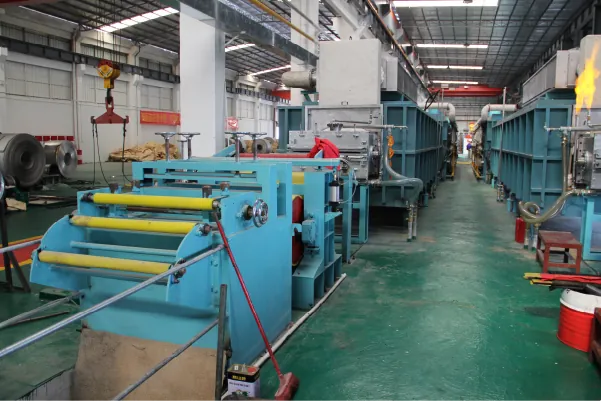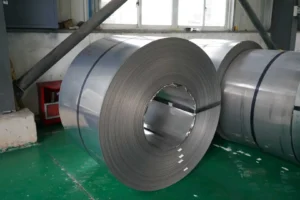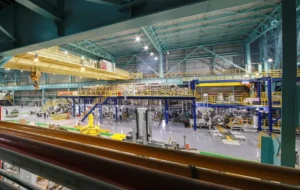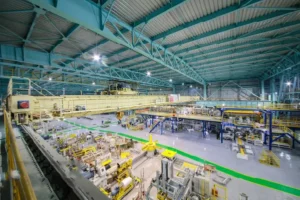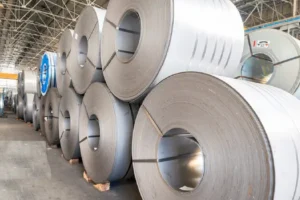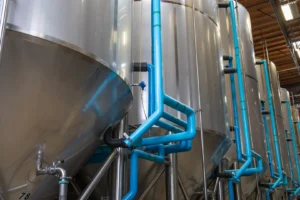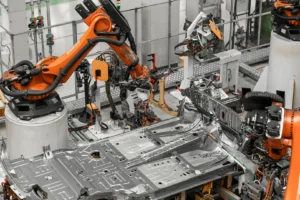Why Understanding Stainless Steel Chemical Composition is Critical for Your Sourcing Decisions
Sourcing the wrong steel leads to costly operational failures. These mistakes damage your budget and reputation. Understanding chemical composition[^1] ensures you get the right material for the job, every time.
Understanding stainless steel's chemical composition is critical because it directly determines the material's performance, corrosion resistance, and mechanical strength. This knowledge prevents costly failures and ensures the material is perfectly suited for its intended application, safeguarding your project's success and budget.
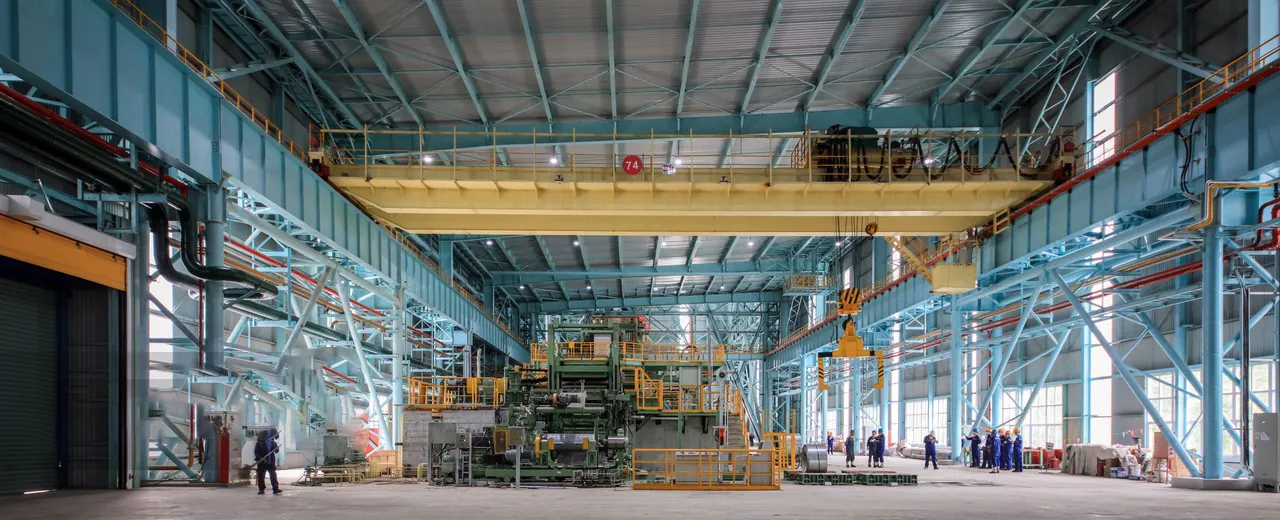
As the Global Business Director at MFY, I've seen firsthand how a small detail in a material's makeup can have massive consequences down the line. The numbers on a spec sheet are not just figures; they are the DNA of your material, defining its behavior in the real world. This isn't just an academic exercise—it's the foundation of smart, resilient, and cost-effective procurement. Let’s break down why this knowledge is your most powerful tool in sourcing.
What are the key elements in stainless steel's chemical composition?
The term "stainless steel" is incredibly broad. This ambiguity can lead to sourcing mistakes if you don't know what's inside. Knowing the core elements clarifies material grades and their functions.
The key elements are iron, chromium (minimum 10.5%), and carbon. Other vital alloying elements include nickel for formability, molybdenum for pitting corrosion resistance, and manganese for strength, each defining the steel's final properties.

At its core, stainless steel is a family of alloys, and its properties are determined by the specific "recipe" of elements mixed in. Think of it like baking a cake—miss one ingredient, or get the proportions wrong, and the result is entirely different. In my years in this industry, I've learned to see these elements not just as entries on a certificate, but as the building blocks of performance. It all starts with understanding the main players and their roles.
The Core Trio: Chromium, Nickel, and Molybdenum
The most critical element is Chromium (Cr). It's the "stainless" in stainless steel. When present at 10.5% or more, it reacts with oxygen to form a thin, invisible, and self-healing passive layer on the surface. This layer is what protects the steel from rust and corrosion. Next is Nickel (Ni), which is primarily added to stabilize the austenitic structure of the steel at room temperature, making it more formable, ductile, and tough. This is why grades like 304 are so versatile. Finally, Molybdenum (Mo) is the specialist. It significantly enhances resistance to pitting and crevice corrosion, especially in chloride-rich environments like coastal or chemical processing plants. This is the key difference between grade 304 and the more robust 316.
The Supporting Cast
Other elements play crucial supporting roles. Carbon (C) increases hardness and strength, but too much can reduce corrosion resistance by binding with chromium. Manganese (Mn) can improve strength and workability, sometimes used as a substitute for nickel. Nitrogen (N) also increases strength and enhances pitting corrosion resistance. Understanding how these elements interact is fundamental to selecting the right grade.
| Element | Primary Function | Common Grades |
|---|---|---|
| Chromium (Cr) | Creates passive layer for corrosion resistance | All stainless grades (e.g., 304, 316, 430) |
| Nickel (Ni) | Improves formability, ductility, and toughness | Austenitic grades (e.g., 304, 316) |
| Molybdenum (Mo) | Enhances resistance to pitting corrosion | 316, 317, Duplex grades |
| Carbon (C) | Increases hardness and strength | Martensitic grades (e.g., 410, 420) |
How does chemical composition influence stainless steel properties?
Two steel sheets can look identical but perform drastically differently. This unpredictability can risk project failures. The hidden chemical recipe dictates everything from strength to corrosion resistance, defining performance.
Chemical composition directly dictates stainless steel's fundamental properties. It governs corrosion resistance, mechanical strength (tensile and yield), weldability, and heat resistance, determining the material's suitability for specific industrial environments and applications.

The link between composition and properties is absolute. You cannot have one without the other. This is where procurement moves from a simple transaction to a technical, value-driven decision. I remember a client in the food processing industry who faced recurring contamination issues. Their equipment, made of standard 304, was corroding from cleaning agents. We guided them to a higher-alloy grade with more molybdenum. The problem vanished. The initial material cost was slightly higher, but it saved them a fortune in downtime and product loss. That's the power of matching composition to the application's true needs.
Corrosion Resistance: The Ultimate Test
The primary reason for choosing stainless steel is its resistance to corrosion. This property is almost entirely a function of its chemical makeup. The chromium content creates the foundational passive layer. However, in aggressive environments—like marine applications with saltwater spray or chemical plants with acidic compounds—chromium alone isn't enough. This is where molybdenum (in grades like 316) becomes essential to fight off localized pitting corrosion. For extremely harsh conditions, higher concentrations of chromium, molybdenum, and nitrogen are required, leading to duplex or super austenitic grades[^2].
Mechanical Strength and Workability
Composition also dictates the mechanical behavior of the steel. Elements like carbon and nitrogen are potent strengthening agents, increasing the material's tensile and yield strength[^3]. However, this often comes at the cost of ductility and formability. Nickel plays a key role here, promoting an austenitic structure that makes the steel easier to form, draw, and weld—a critical factor for manufacturers producing complex parts like tanks or kitchen sinks. The balance is delicate. A material that is too hard might crack during fabrication, while one that is too soft may not meet the structural requirements of the application. This is why a deep understanding of the interplay between elements is vital for engineers and fabricators.
| Property | Primary Influencing Elements | Impact |
|---|---|---|
| Corrosion Resistance | Chromium (Cr), Molybdenum (Mo), Nitrogen (N) | Higher content generally improves resistance |
| Mechanical Strength | Carbon (C), Nitrogen (N), Manganese (Mn) | Increases hardness and tensile strength |
| Formability/Ductility | Nickel (Ni) | Improves ability to be shaped without breaking |
| Weldability | Low Carbon (C), Nickel (Ni) | Lower carbon and stable structure improve results |
What impact does stainless steel composition have on sourcing decisions?
Sourcing often feels like a commodity game focused on price. But focusing only on price leads to unsuitable materials and project delays. Analyzing composition transforms sourcing into a strategic, value-based decision.
Composition directly impacts sourcing by defining the material grade you need. This dictates cost, supplier availability, and compliance with industry standards, shifting the focus from price alone to total lifecycle value and performance assurance.
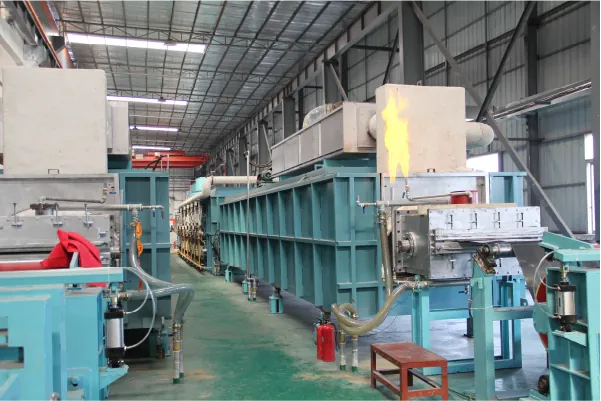
Your sourcing decision is the moment where metallurgical science meets commercial reality. The chemical composition is the single most important factor that determines the price and availability of a material. Alloying elements like nickel and molybdenum are expensive commodities, and their prices fluctuate. Therefore, a grade like 316 will always be more expensive than 304. A smart sourcing professional doesn't just ask for the cheapest option; they ask for the most cost-effective solution for the intended service life of the product. This means balancing the upfront cost against the long-term performance and risks.
Beyond the Price Tag: Total Cost of Ownership
Focusing solely on the purchase price per ton is a common but dangerous mistake. The true cost includes installation, maintenance, downtime, and potential replacement. Choosing a cheaper, less-resistant grade for a corrosive environment might save you 15% upfront, but it could lead to a catastrophic failure and full replacement in just a few years. The total cost of ownership (TCO)[^4] for the higher-grade material would have been significantly lower. As a supplier, our role at MFY is to help our clients see this bigger picture. We don't just sell steel; we provide a solution that maximizes value and minimizes risk over the long term.
Navigating Standards and Compliance
Chemical composition is also the basis for all international standards (like ASTM, EN, and JIS). These standards exist to guarantee that a material specified as "Type 316L," for example, meets a precise chemical recipe and will therefore perform as expected. Sourcing from suppliers who cannot guarantee and certify compliance with these standards is a massive risk. It exposes your project to material failures, legal liabilities, and reputational damage. A reliable sourcing strategy must be built on a foundation of certified compliance, where the material's chemical composition is transparently documented and guaranteed.
How can you ensure the right chemical composition in your stainless steel sourcing?
You've specified the right grade, but how can you trust it's correct? Supplier claims are not enough, as mistakes can be hidden until it is far too late. Verification through documentation and testing is absolutely non-negotiable.
Ensure the right composition by demanding a Mill Test Certificate (MTC) or Material Test Report (MTR) with every order. For critical applications, conduct independent verification using Positive Material Identification (PMI) testing.
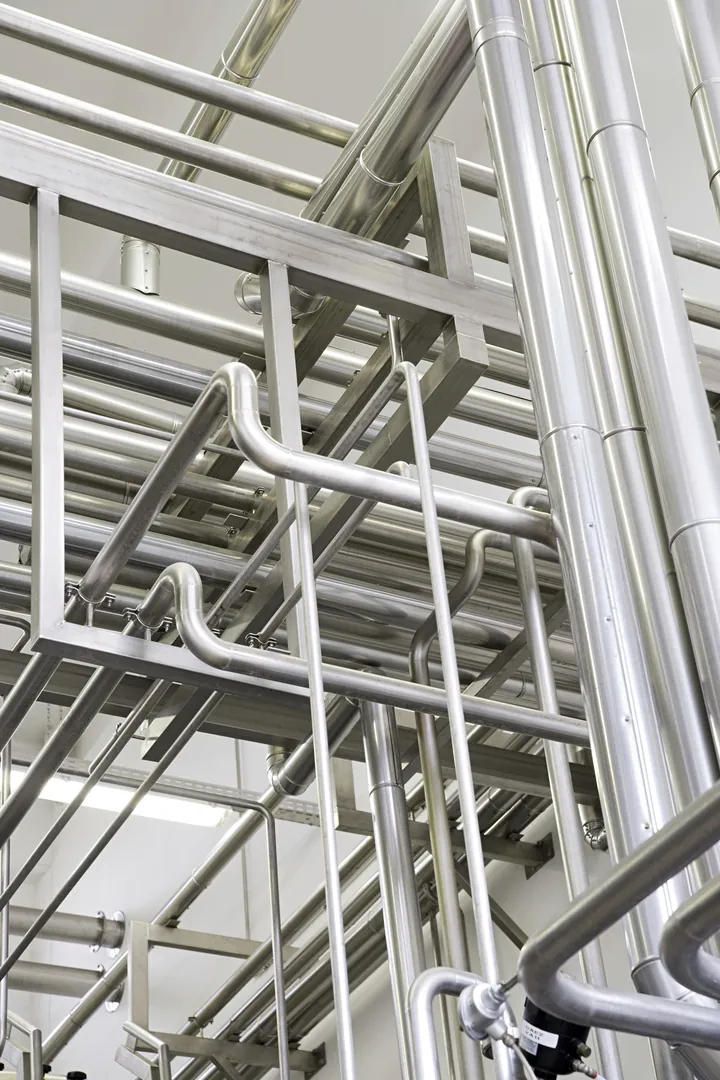
Trust, but verify. This principle is paramount in the steel industry. At MFY, we believe that transparency is the cornerstone of a strong partnership. Every product we ship is backed by comprehensive documentation that provides a full chemical breakdown. For any serious buyer, this level of verification shouldn't be a luxury; it should be a standard requirement. It's the only way to protect your investment and ensure the integrity of your final product. There are two primary tools at your disposal for this.
The Power of the Mill Test Certificate (MTC)
The MTC (often called a 3.1 certificate in Europe) is the material's birth certificate. It is a quality assurance document issued by the steel mill that certifies the material's chemical and physical properties. It lists the exact percentages of all key alloying elements from a specific heat or batch. When you source stainless steel, you must insist on receiving the MTC for your specific batch of material. Review it carefully to ensure that all element percentages fall within the required ranges for the specified grade according to the relevant standard (e.g., ASTM A240 for sheet and plate). This document is your first and most important line of defense against non-compliant material.
Independent Verification: When to Use PMI
For mission-critical applications—in industries like oil and gas, pharmaceuticals, or aerospace—an MTC alone may not be enough. Positive Material Identification (PMI) is a non-destructive testing method that provides on-the-spot analysis of a material's chemical composition. Using a handheld X-ray fluorescence (XRF) analyzer, you can instantly verify the grade of a pipe, valve, or sheet. I always advise clients working on high-stakes projects to either invest in their own PMI equipment or hire a third-party inspection service to randomly test incoming materials. It's a small investment that provides invaluable peace of mind and protects against potentially catastrophic mix-ups in the supply chain.
What are expert recommendations for evaluating stainless steel composition?
The technical data can seem complex and overwhelming. Misinterpreting this data can lead to the same bad decisions you are trying to avoid. The solution is to follow a simple, structured approach to evaluation.
Experts recommend you first define your application's environmental and mechanical demands. Then, select a grade whose composition meets those needs, always verify with an MTC, and partner with a knowledgeable supplier for guidance.
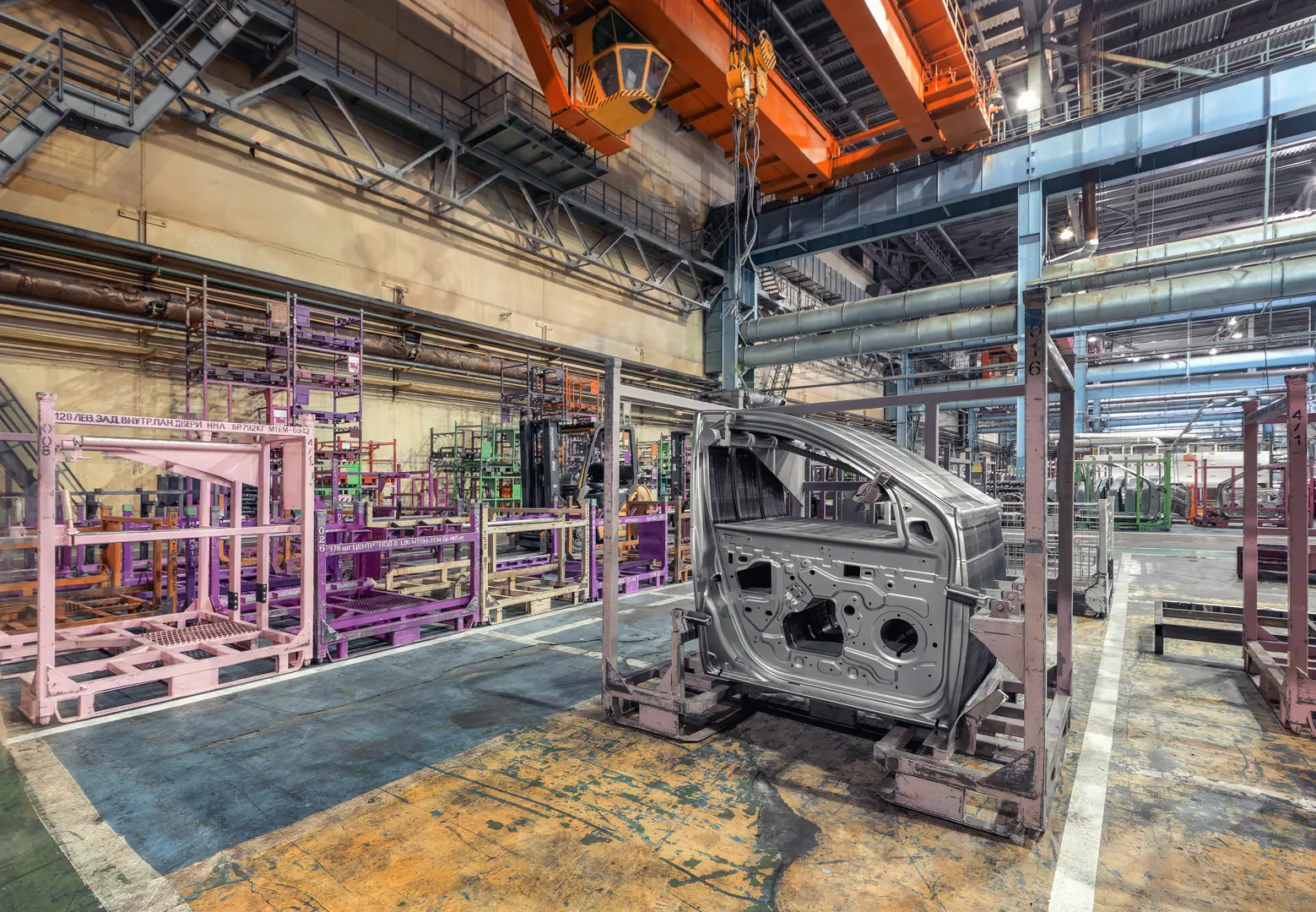
Over the years, I've developed a straightforward framework for helping clients navigate this process. It's less about being a metallurgist and more about being a strategic thinker. The goal is to connect the dots between your operational reality and the material's chemical DNA. By following a logical process, you can demystify the selection process and make confident, data-driven decisions that stand the test of time.
Start with the 'Why': Application First
Before you even look at a steel grade, you must thoroughly define the application's environment. Ask critical questions: What chemicals will the material be exposed to? What are the operating temperatures? Will it be near the coast? What are the mechanical loads? The answers to these questions will create a performance profile. For example, a requirement for "corrosion resistance" is too vague. You need to specify "resistance to chloride-induced pitting at 50°C." This level of detail allows you to map your needs directly to the capabilities of specific chemical compositions.
Build a Partnership with Your Supplier
Your supplier should be more than just a vendor; they should be a technical partner. A knowledgeable supplier can provide invaluable guidance, helping you navigate the trade-offs between cost, performance, and availability. At MFY, we invest heavily in training our teams to understand not just our products, but also our clients' applications. When you come to us with a challenge, our goal is to work with you to find the optimal material solution. Don't be afraid to lean on your supplier's expertise. A good partner will ask the right questions and help you avoid common pitfalls, ensuring you get the right material composition for your needs, backed by a fully transparent and reliable supply chain.
| Evaluation Checklist | Action Required |
|---|---|
| 1. Define Environment | List all chemical, thermal, and mechanical stresses. |
| 2. Select Grade | Match environmental needs to a standard grade's composition. |
| 3. Request MTC | Make a Mill Test Certificate a mandatory part of the PO. |
| 4. Verify Composition | Cross-reference the MTC against the required standard. |
| 5. Consider PMI | For critical parts, perform independent PMI testing upon receipt. |
| 6. Consult Supplier | Leverage your supplier's expertise to confirm your choice. |
Conclusion
Ultimately, understanding chemical composition is the foundation of strategic stainless steel sourcing. It elevates the decision from a simple price comparison to a calculated investment in performance, reliability, and long-term value. This knowledge empowers you to build better products and more resilient supply chains.
Have Questions or Need More Information?
Get in touch with us for personalized assistance and expert advice.
